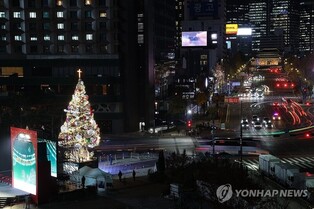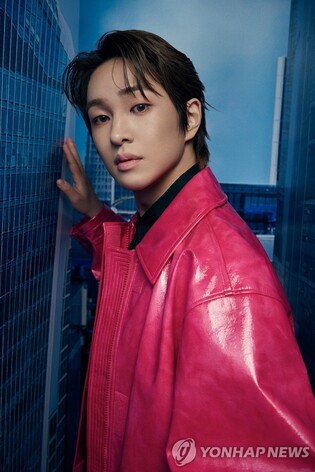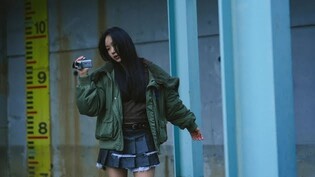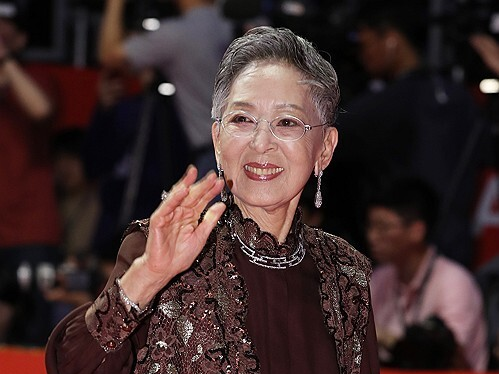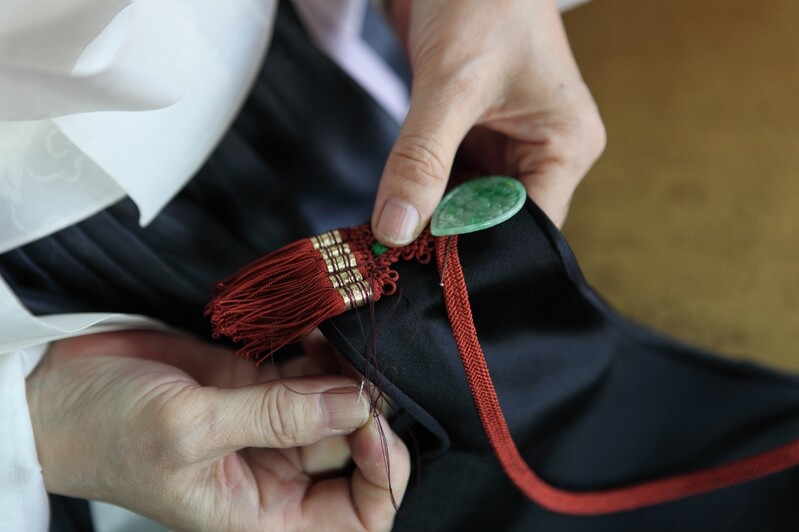 |
| ▲ This photo, provided by the Cultural Heritage Administration, shows a person making Hanbok with needles. (PHOTO NOT FOR SALE) (Yonhap) |
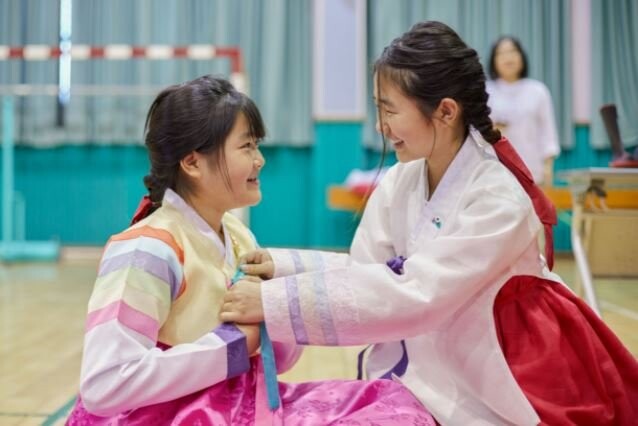 |
| ▲ This photo, provided by Korea Craft & Design Foundation, shows two kids wearing Hanbok. (PHOTO NOT FOR SALE) (Yohap) |
SEOUL, July 20 (Yonhap) --The traditional lifestyle "Hanbok life," which symbolizes the identity and value of Korea, has become a National Intangible Cultural Heritage.
The Cultural Heritage Administration announced on Wednesday that it has newly designated "Hanbok life," the culture of wearing Korean traditional clothing, hanbok, as a national intangible cultural asset.
A hanbok consists of a trouser and a jeogori (basic upper garment of the hanbok) or a skirt and a jeogori, and has a breast-tie.
The order of wearing hanbok, and the etiquette or games that are usually played while wearing Hanbok is called "Hanbok life."
The Cultural Heritage Administration announced on March that it was planned to be designated as a National Intangible Cultural Heritage under the name of "wearing hanbok" but decided to change the name in consideration of the concerns that it could be mistaken for simply wearing hanbok.
"It reflects the need of including the culture when wearing hanbok, and the culture of making and enjoying hanbok should be comprehensively considered," said an official from the Cultural Heritage Administration.
The culture of making and wearing hanbok has been passed down in various forms over a long history.
The basic form of hanbok is presumed to have already been completed in the Three Kingdoms period when looking at relics like the murals in Goguryeo tombs, Silla Clay Dolls (Tou, figure made out of clay), and Chinese history books.
While hanbok was developing into a unique costume culture, the final design is from the Joseon Dynasty.
It is presumed that the term "Hanbok" itself was used to distinguish from Western clothing as the country began to be influenced by the Western culture after the opening of the port in 1876. However, the exact origin of who and when it was first used is unknown.
Today, although most of the people usually wear Western-style clothes, when it comes to special holidays including New Year's Day, Chuseok, or meaningful ceremonies like a baby's first birthday party, wedding, and ancestral rites, Koreans tend to wear hanbok and act accordingly.
"Hanbok is an important intangible asset in that it serves as a medium to pray for the well-being of one's family and community, and also helps set good manners for the Korean people."
However, holders of specific skills or entertainments related to "living in hanbok" will not be recognized.
The Cultural Heritage Administration believes that "Hanbok life" is a culture handed down and enjoyed throughout the Korean Peninsula, and that related functions and entertainment programs are shared by all people like "making kimchi" and "making soy sauce."
"In the future, community events including ''Hanbok life' will support academic research and transmission revitalization programs, allowing them to share their values as intangible heritage and motivate more people to participate the tradition."
(This article is translated from Korean to English by Haemin Kim.)
(END)
(C) Yonhap News Agency. All Rights Reserved


















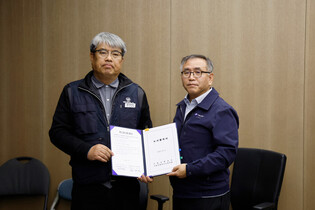
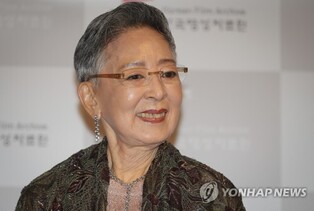
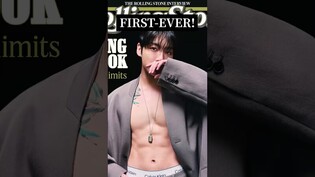
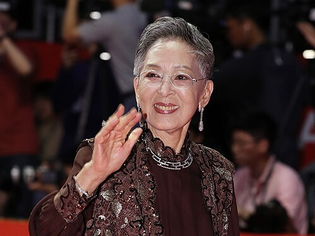

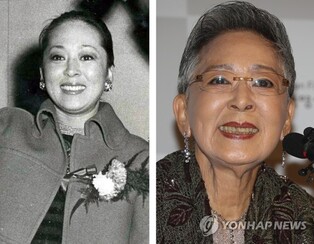
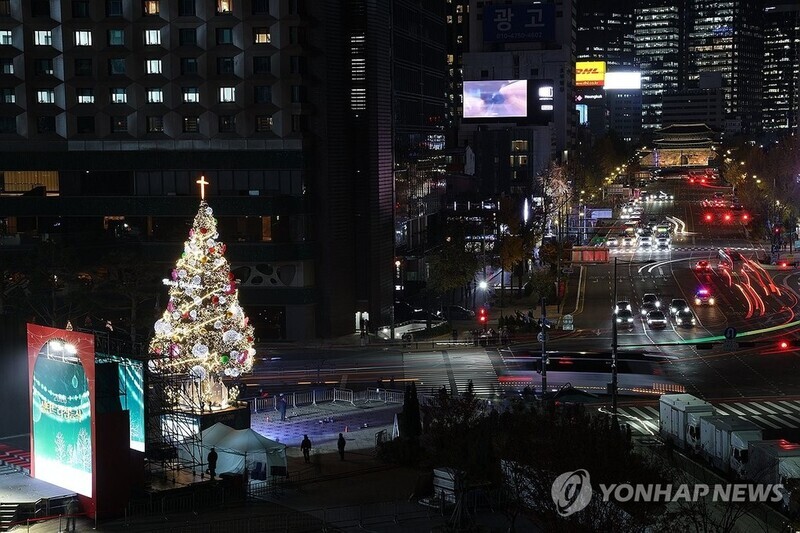
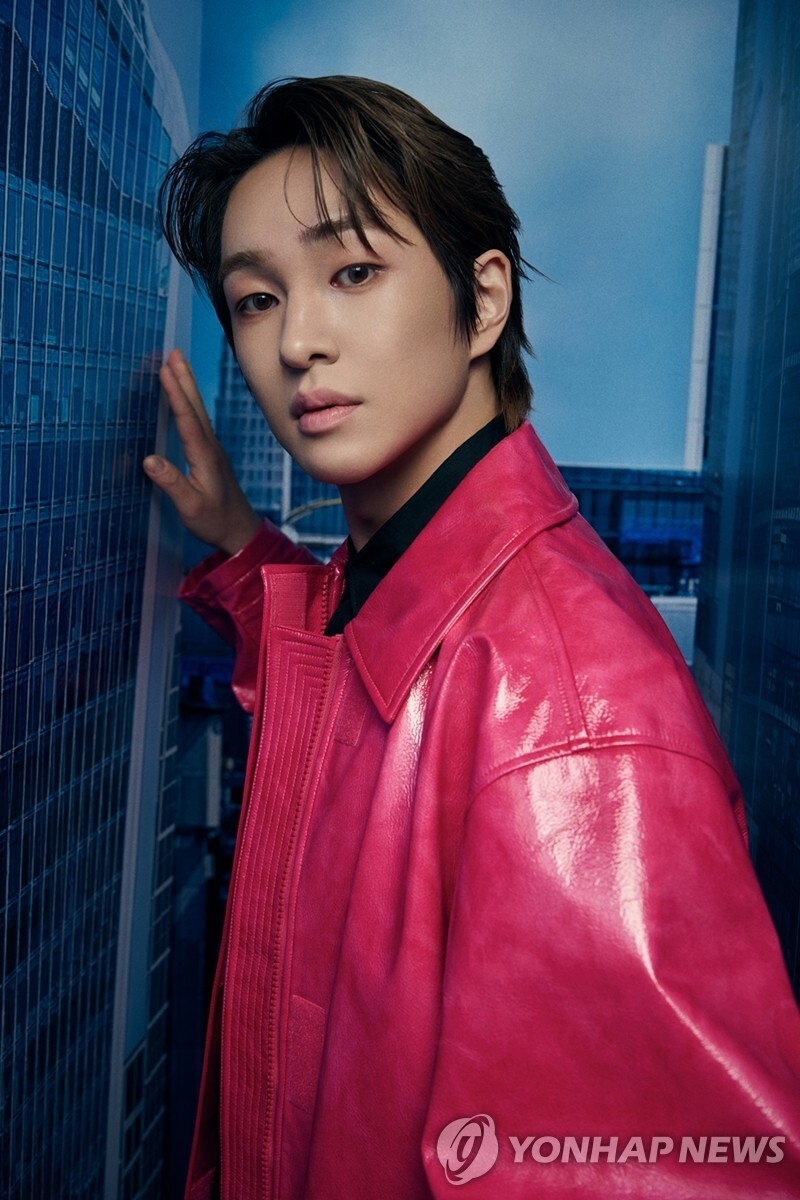
![[가요소식] 10대 싱어송라이터 민서, 데뷔 싱글](/news/data/20251211/yna1065624915952705_742_h2.jpg)
